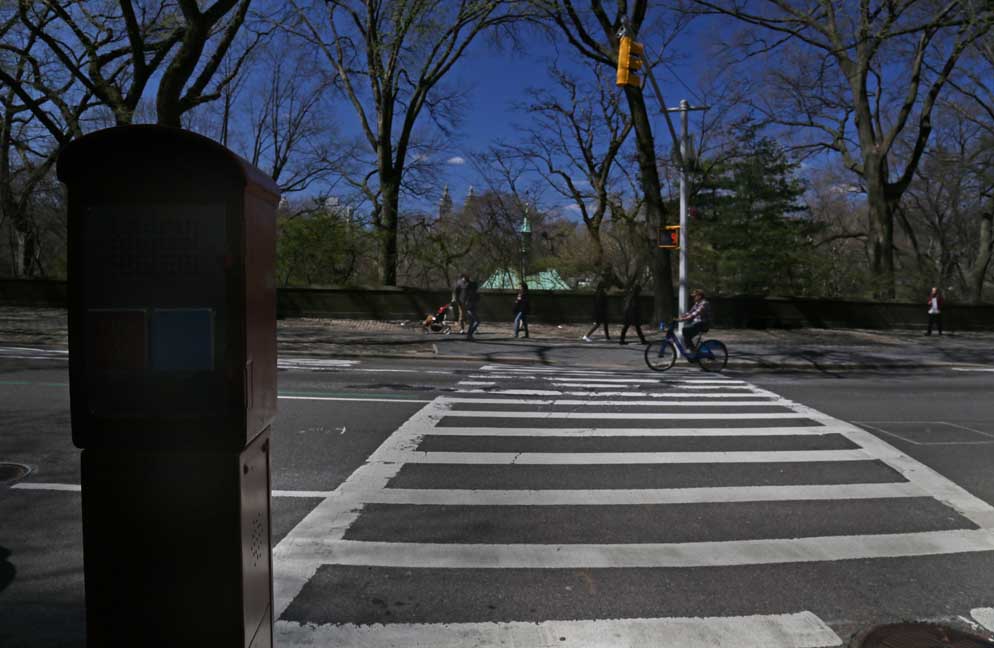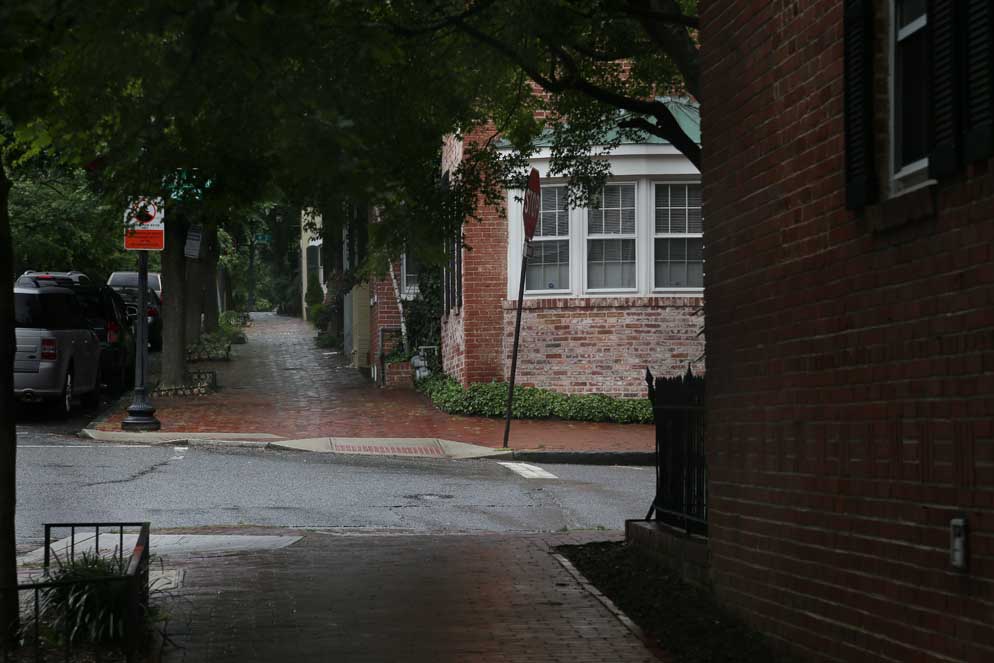Monthly Archives: June 2017

167. NEW YORK ON FOOT. Upper East Side. Looking west across 5th Avenue into Central Park on a spring Sunday.

166. NEW YORK ON FOOT. Midtown Manhattan. Semiotics is the study of signs, and regarding photography a semiotician might say that a still image is in fact a moving image. There is a sequence the eye follows in a photograph as it moves left to right, up and down, guided by the content of the photo. This photo has three things going on and humourously comments on the constant collision of significations in this city. In other words, I thought it was funny.

165. PASSAGES. Century City, Los Angeles. I misread the title of an article called The Color of Wealth in Los Angeles (discussing wealth by race), and thought it said The Color Wealth of Los Angeles. Not to denigrate a serious topic, but color is one of the riches of LA. Maybe its the nonstop sunshine, but even the gritty parts of LA seem light, bright and pastel, especially to an eye accustomed to the beautiful grime of New York city. Coastal communities often paint their buildings in bright colors–to be more visible to the returning boats I am told. One can’t forget the Latin American heritage of LA; it reminds me of Mexico, which to a Northerner comes off as an electric color culture.

164. PASSAGES. Georgetown, Washington DC. A historic neighborhood that predates the formation of DC. It reminds me of Charleston SC, but any place with a whiff of Confederate architecture reminds me of Charleston. Washington is on the dividing line between the Northeast and the Confederate South–two cultures that are polar opposites. With its restless political energy, with Baltimore and Chesapeake Bay just down the road, Washington is a city full of beautiful contradictions.

163. PASSAGES. Washington, DC. Being an inveterate traveler develops some unconventional measures of the world. For example, I have long believed that a good measure of a region’s wealth is the amount of electric light it can afford to waste on decoration. I have seen small towns in the developing world where a sole flourescant bulb in the village square after dark is the extent of it. One reads statistics about the USA being the world’s biggest economy, but statistics are abstract and unreal. Take a tour of the DC monuments at night to understand the wealth and resources of this country.

162. PASSAGES. Washington, DC. With its wide, breezy avenues and epic public buildings, DC puts one in mind of New Delhi. The National Mall brings back fond memories of the area around India Gate. DC also looks a little like Paris in places, possibly because the city planner for modern Washington was a Parisian who left art school to join the American Revolution, taking sides with the “rebelling colonials”.